THE short walk through the flower and herb garden up to Thomas Hardy’s idyllic cottage reminded me of those holidays spent at my father’s family home alongside the wild Atlantic coast of County Mayo.
The Dorset cob and thatched structure was two storeys and very different from the tiny ground-floor place where I played Gaelic football for hours with cousins Mattie and JT.
But the joyful atmosphere was exactly the same, that of a young lad growing up in a loving family, surrounded by the wonder of nature’s animals and plants and by his builder father’s ramshackle garden filled with the bricks, beams and other paraphernalia of his trade.
That feeling of a connection continued as I stepped inside and saw the familiar open fire and kitchen where his mother had cooked family meals and the small bedroom where the future great author had first ventured into the world.
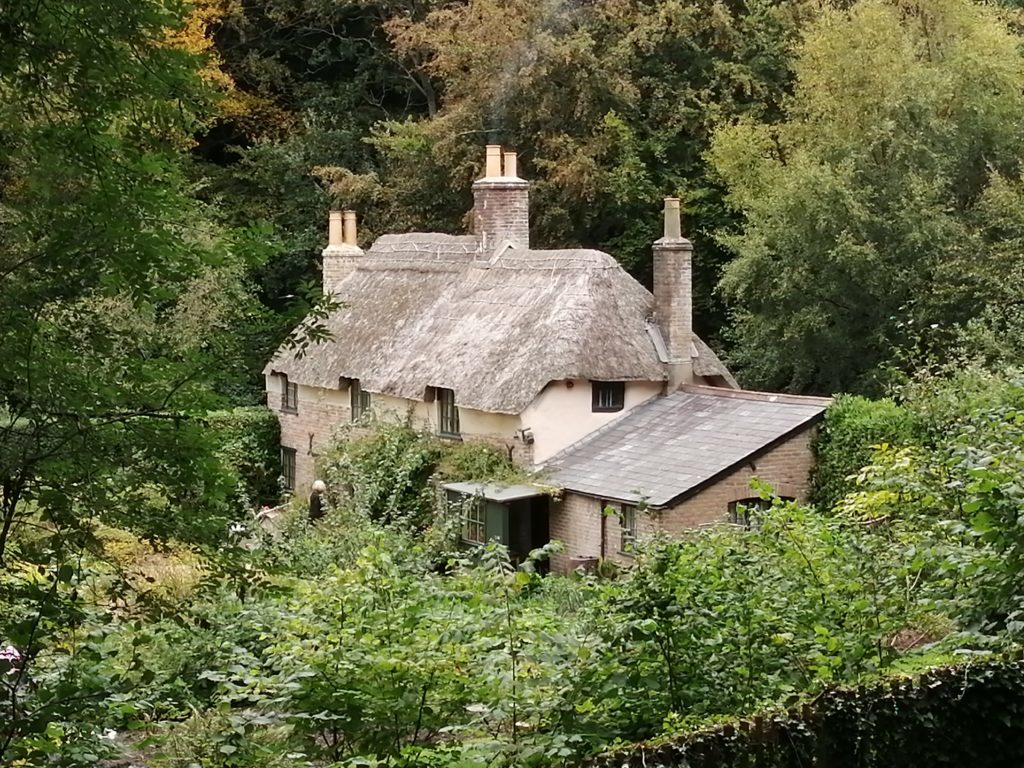 Thomas Hardy's idyllic Bockhampton birthplace (Pic: Sue Mountjoy)
Thomas Hardy's idyllic Bockhampton birthplace (Pic: Sue Mountjoy)Of course, I had been hoping to feel just such a link with a writer whose work has always carried me away to another age and place in which the difficult dramas of life are matched equally by the calming beauty of the countryside in which they are set.
My visit to the 1800-built cottage came as I followed the fascinating Thomas Hardy Trail through his beloved Dorset, which features throughout his books and poetry and remains one of England’s most unspoilt rural counties.
I have to confess that my passion for those works only developed from being forced to read them as a teenager during the run up to my arduous O’Level Examinations.
Many troubled hours were spent in my tiny back bedroom swotting over Shakespeare’s King Lear and Chaucer’s Canterbury Tales that virtually killed off any early hope that I would learn to enjoy their writing.
Examination dictatorship had knocked the stuffing out of me and it was several years before I took a trip to Stratford-on-Avon to savour the magic of a Royal Shakespeare performance.
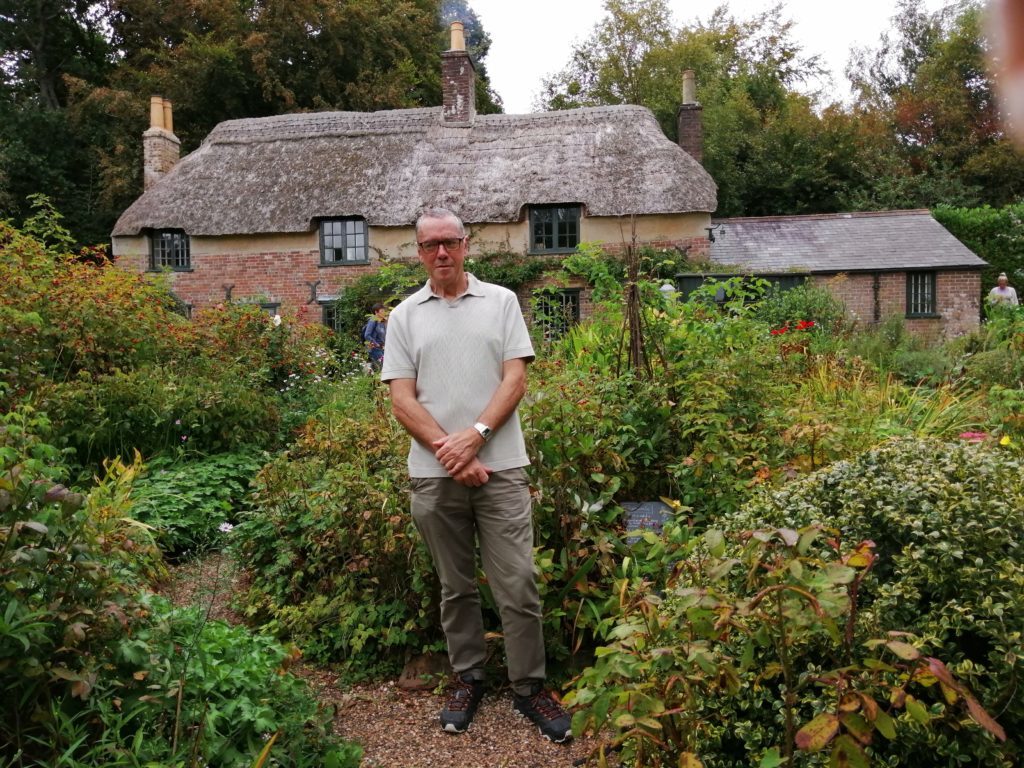 James Ruddy pictured outside Hardy's cottage (Pic: Sue Mountjoy)
James Ruddy pictured outside Hardy's cottage (Pic: Sue Mountjoy)Chaucer, on the other hand, rightly or wrongly, has always remained in my ‘never again’ bin.
Inexplicably, though, studying Hardy had the opposite effect: my pre-exam dissection of the characters, themes and sheer drama of The Mayor of Casterbridge created a lifelong love of his work – including two county Mayo trips in which his books were my obsessive holiday reading.
Every TV or film adaptation of Tess of the d’Urbevilles or Far from the Madding Crowd has also been lapped up and watched several times as my mind has made negative comparisons with his beloved writing.
Even his biographies and wider histories have been devoured on trips around the world.
So it was with huge excitement that I took for the first time to his Dorset Trail, a remarkable meander through many of the places that feature in those works as well as in the life and loves of his own life, troubled and complex enough to have featured as one of his fictitious plots.
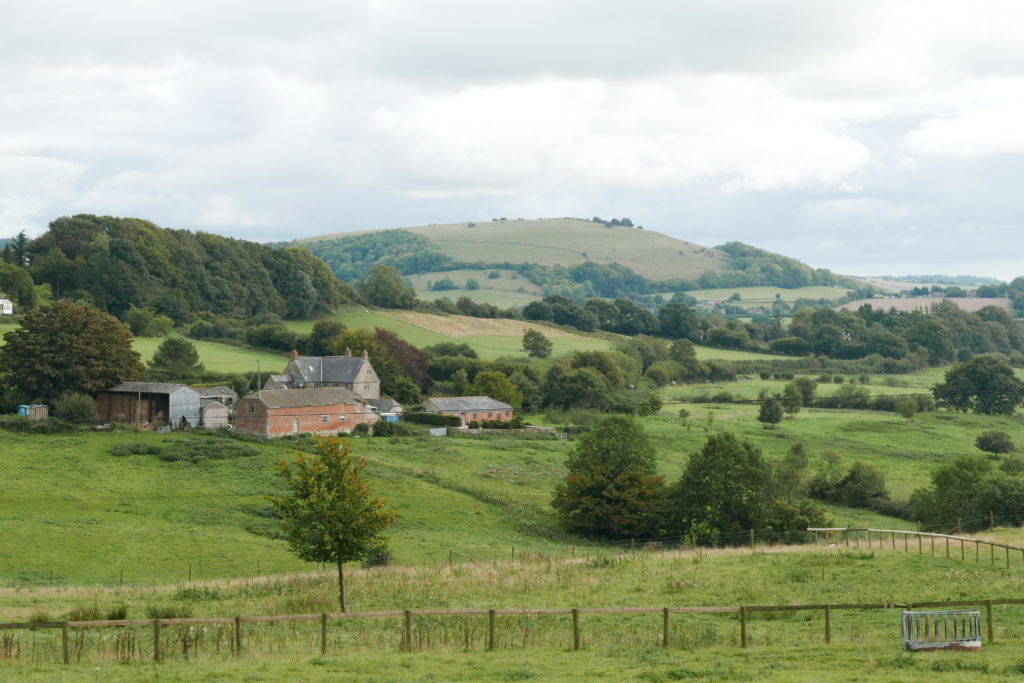 Hardy country, near Shaftesbury (Pic: Sue Mountjoy)
Hardy country, near Shaftesbury (Pic: Sue Mountjoy)My base for this tour, appropriately enough, was an idyllic holiday cottage that might have sprung from the pages of Hardy Country itself 150 years ago.
Arriving with my photographer and partner Sue Mountjoy, we had the perfect haven in the ancient and beautifully restored Cider Mill framed by mature trees in the tranquil village of Motcombe, just a couple of miles from Shaftesbury, and close to the heart of the author’s green and luscious stamping ground, the famous Blackmore Vale.
As we drove up, a lively wedding was in progress next door, at St Mary’s Church, where Sue and I admired a scene of local farming people enjoying a tradition which would also have changed little in since Hardy’s early 19th century vistas.
Strangely, it felt like the author himself was reaching out and presenting us with a scene which featured so often in his great novels, the wedding, and all its dramas, followed by the joys of married life and the tragedy of forsaken love, treachery, bereavement and fallen grace.
Hardy drew from far and wide all over his Dorset (Wessex) home county for novel locations, often inventing fictitious names for places, but we opted for the northern area as it was such a huge inspiration and the base for his final three books, Tess, Jude the Obscure and The Woodlanders.
And so it was that Sue – a ‘moderate’ Hardy enthusiast – and I plunged into a mixed driving and walking tour of a place that has changed so little since he was born there 179 years ago.
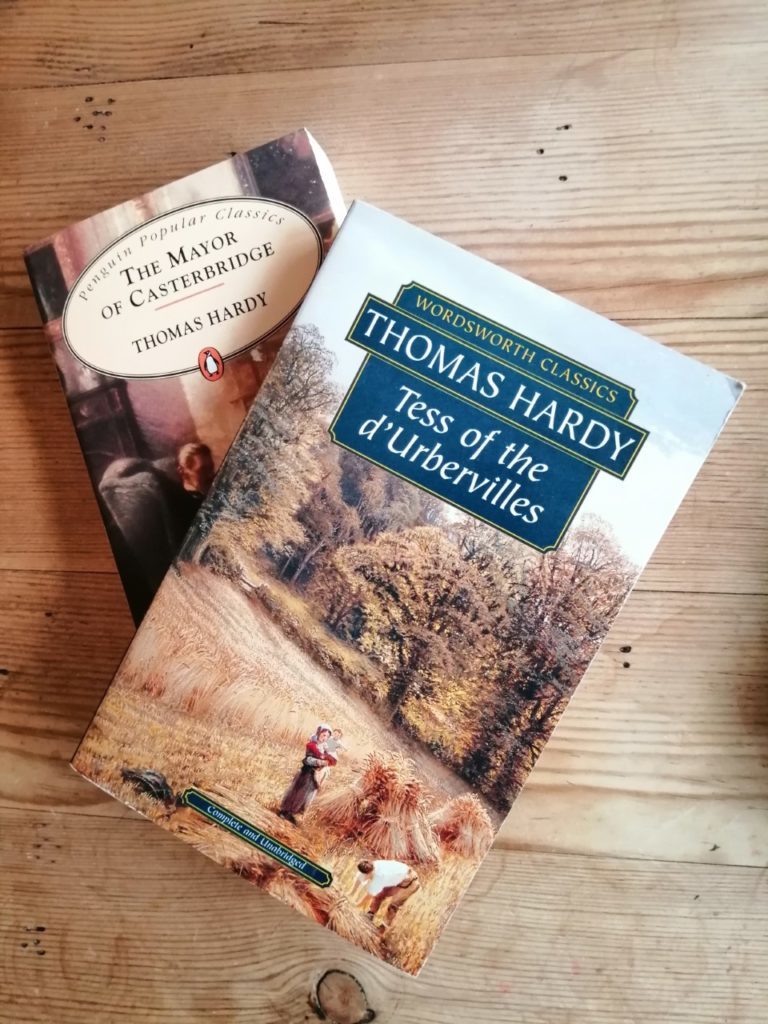 Two Thomas Hardy classics
Two Thomas Hardy classicsIt was highly evocative to start with the National Trust’s Bockhampton cottage, where the sickly baby Thomas was born on June 2 , 1840, apparently stillborn until he finally screamed into life, and where his bookish mother and music-loving father nurtured his aptitude for writing, playing the violin and art.
That artistic coaching took him to London where he became an architect, before returning to Dorset and publishing the successful Under the Greenwoood Tree, featuring his old school in the village.
Our next stop was another National Trust property, Max Gate, the Dorchester house he designed and lived in for 40 years and where he wrote and published such greats as Jude, Casterbridge, The Woodlanders and Tess.
It was also where he lived with the two women that he married. The first, Emma Gifford, a Cornish vicar’s daughter could not cope with the racy nature of some of his works, including the controversial Jude (nicknamed ‘Jude the Obscene’ by Churchmen) and, despite their deep, mutual love, she lived apart from him for many years in the upper part of the house.
After her much-mourned death in 1912, Hardy never recovered and turned to poetry, living for a further 14 years at Max Gate, after marrying his young secretary Florence Dugdale, until his own death in 1928.
From the house Sue and I would have headed next to Dorset County Museum, in the centre of the town, to see its renowned displays of his working area as well as books, photographs and manuscripts. But a major redevelopment there means that it will not reopen until next summer.
Instead, we made for a place which epitomises the sadness that overshadowed his later life. With his mind haunted by the loss of Emma at the time of his death, his remains were interred, by national acclaim, at Poet’s Corner in Westminster Abbey, but his heart, however, was buried beside her, in St. Michael's Church, Stinsford, less than a mile away from his birthplace, which provided us with a highly emotive step on the Trail.
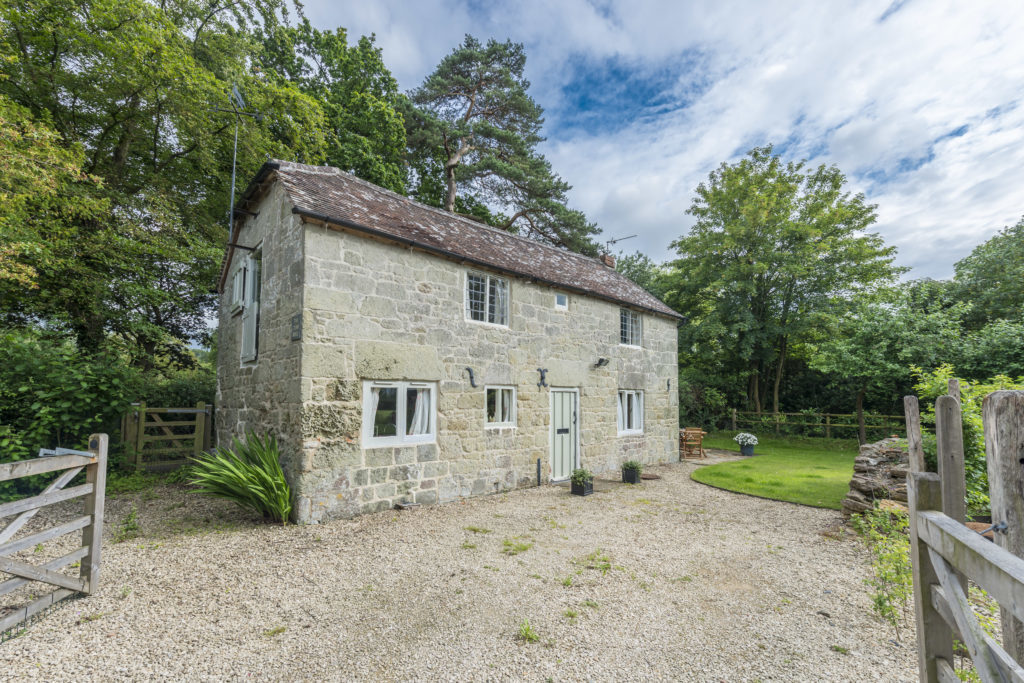 The Cider Mill in Motcombe offers a great base along the Trail (Pic: Sue Mountjoy)
The Cider Mill in Motcombe offers a great base along the Trail (Pic: Sue Mountjoy)In our subsequent days at the Cider Mill, a true haven of rural peace, our journeys took us far and wide; to Blackmore to view the honey stone cottage of Marnhull where Tess lived; to Shaftesbury (famed for its Gold Hill, featured in TV Hovis ads) and its leading role as ‘Shaston’ in Tess and Jude the Obscure; to Sherbourne (Sherton Abbas) for the Far From the Madding Crowdmarket place and the 15th century abbey from The Woodlanders.
Another Tess stop-off for us came at Evershot (Evershed), so pretty it could have dropped from the book’s pages and was a location, like Sherbourne market place, in the 2015 film version of Far From the Madding Crowd, in which The Acorn (which was renamed The Sow and Acorn) also features.
Bearing in mind Hardy’s final troubled years, one trip had to be made to Sturminster Newton (Stourcastle) where, for two years, he lived at Riverside Villa and had the happiest time of his life, writing The return of the Native and poems including Overlooking the River Stour and On Sturminster Footbridge.
It was at that idyllic spot that we ended our journey of emotion and fascination with the times and works of a writer who dominated the best-seller lists, but evoked in his work much of the passion, pain and unfulfilled loves of his own life.
It was there, too, that the writer’s own words summed up our trail in his footsteps and, perhaps, his own joy of nature and his beloved Wessex home watching “swallows fly in curves of eight, above the river’s gleam”. Perfect.
Where to stay
The beautifully restored, two-bedroom Cider Mill, in Motcombe village, is a great base to explore the Hardy Trail and much of Dorset, Somerset and Wiltshire. Go to Dorset Hideaways which offers seven nights from £552 in December.
Thomas Hardy Trail
Stacks of online information allows you to follow your tailored trail. For a detailed search click here. There at two excellent free guides here and here.
The Thomas Hardy Society is also a great source.

